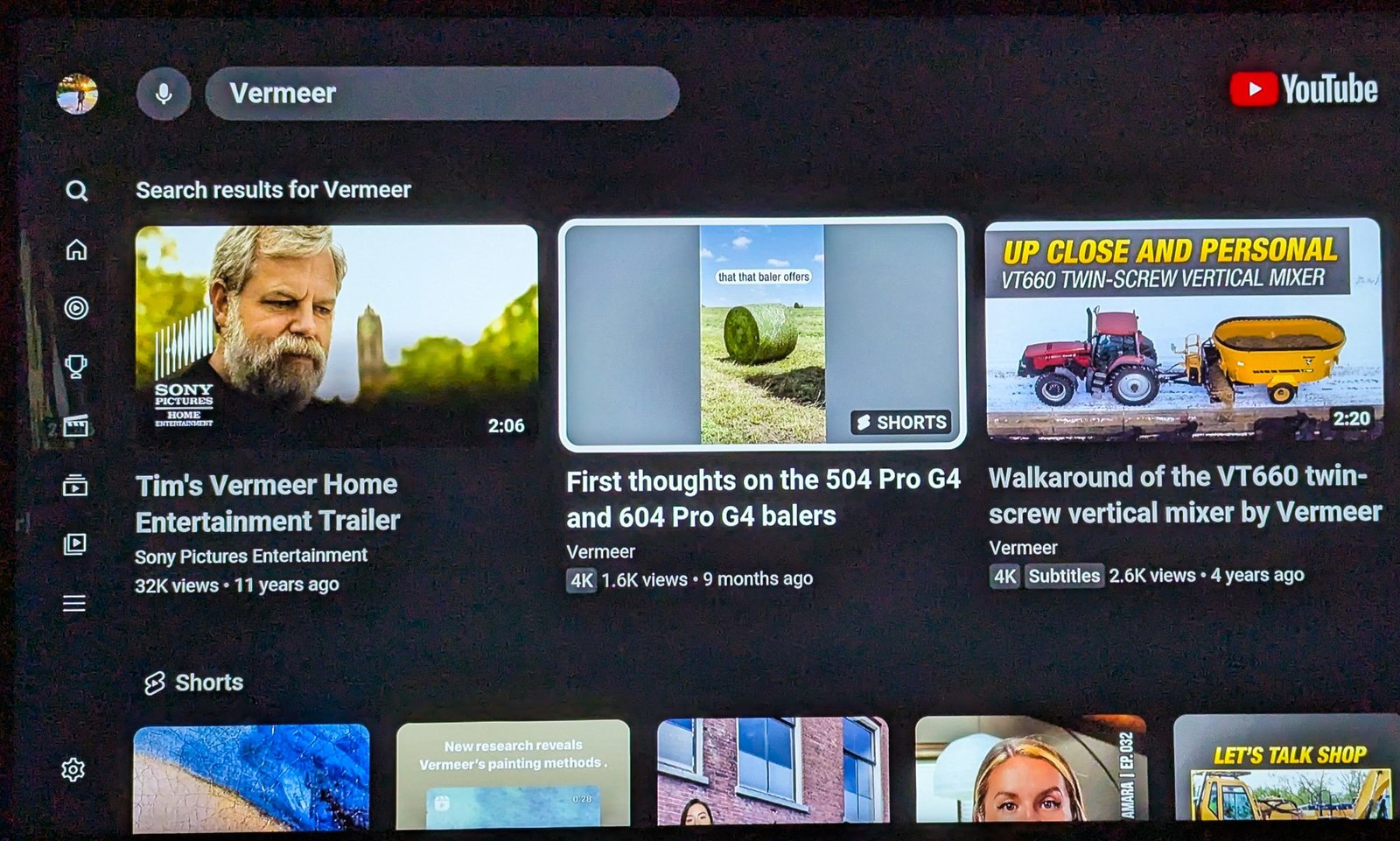In the autumn of 1998, I was knocked sideways by Pieter de Hooch’s large show at the Dulwich Picture Gallery.
‘It took 314 years for one of the great masters of Dutch art to be awarded the honour of a one-man show. Is it because Pieter de Hooch (1629-1684), who died in a madhouse at the age of 55, was so poor and solitary that no one recorded his death, excepting the scribe of a parish register? . . . If ever there was a painter that seemed untroubled, this is Pieter de Hooch. There is a quietness about his pictures that singles him out. While Rembrandt probed the unfathomable tragedy of the human condition, De Hooch set out to capture those silent moments when barely formulated emotions are triggered by a sound, a look, a gesture, a set of trifling circumstances.’ Souren Melikian[i]
Delft was a small town of 20,000 people, but during the 1650s boasted amazing artists like, Gerard ter Borch, Carel Fabritius, Jan Steen, Vermeer and de Hooch. Pieter de Hooch played a pioneering role developing naturalism. His treatment of light and atmosphere were knew and most probably influenced his younger colleague Vermeer. They must have met, but we have no record.
I can live in de Hooch’s world. It’s our world with great clarity. Vermeer’s world is cloudy, too poetic, though they are both painting quiet domestic interiors. And, I resent all the attention Vermeer gets for his forty odd paintings in all, less than a third produced by his contemporary de Hooch.

The domestic space is calm not tranquil, not Vermeer’s transcendental otherness in that poetic ephemeras light, though every home should have one. There’s work to do, mothers feed babies, instruct maids, maids sweep the Protestant dust-free nuclear home. Delft absolutely Calvinist is losing trade to Amsterdam and Leiden. It’s a stagnant economy, de Hooch knows it, paints it mat, not shine.
Celebrating Euclidean space, he sticks a pin with string attached to the vanishing point, off centre usually a slanted approach, perpendicular lines converging on a narrow angle of view for easy-going realism, the hole is sometimes visible in the canvas. De Hooch was painting light interiors by 1655 prior to and influencing Vermeer.
The space is so quiet, I hear Webern, scrupulous with each floating note incapable of a saraband or sparrows squabbling in a dust bath.
My caveat is that his work declined and fails to move me. When one wife died, De Hooch moved the business from Delft to Amsterdam, a city of extravagance and darkly rich, about to hiccup from the war with England. He painted family portraits, CEOs from Fortune 500 in interiors of diminishing interest, paintings within paintings, the self-reflexiveness that art returns to.
I wasn’t chasing Vermeer. I was in YouTube using the mic searching for Waldemar Januszczak documentaries, a new fangled tech development I have just found. The robot didn’t understand my Hungarian accent so I thought I would try Vermeer.
AI
‘Even if an “AI” were to find a solution to any of the prevailing problems of our time – ecological or economic crises, systemic injustice, or poverty – such a solution would never be implemented unless it generated profit. Under capitalism, where the profit-imperative determines policy and trumps reason, science cannot be emancipated to improve the lives of the vast majority of people and provide for their needs sustainably on this planet.’ Hito Steyerl[ii]
Kyle Chayka attacks the dumbing down , Algorithms ‘Corrupt personalisation is the process by which your attention is drawn to interests that are not your own [that] serves a commercial interest that is often at odds with our interests.’ Kyle Chayka, Filterworld: How Algorithms Flattened Culture, Doubleday, 2023.
‘Our phones and feeds absorb so much of our attention and dominate so many of our preferences that stepping out of their conveniently predetermined paths and choosing an experience not immediately engaging feels somewhat radical. This applies to fashion choices as well as food, which television shows we watch, which books we read, which furniture we buy, where we travel.’
‘Before it took over the world, social media was once a niche itself, an obscure hobby. That sense of disconnection slowly changed and dissipated as the Internet became inextricable from ‘real life’.’
First thoughts on the 504 Pro G4 and 604 Pro G4 balers …
‘Advanced AI suffers complete accuracy collapse’ in face of complex problems, study finds: ‘Pretty devastating’ Apple paper raises doubts about race to reach stage of AI at which it matches human intelligence.’[iii]
Google Arts & Culture
provides a platform for exploring art and culture in detail through various features like zoomable high-resolution images, virtual tours, and augmented reality experiences. Users can discover artworks, artifacts, and cultural stories from around the world, often with the ability to zoom in and explore details not visible to the naked eye.
Barbara Savedoff warns, ‘The notion of an original may no longer be relevant to a wide range of contemporary work which embraces reproducibility. Nevertheless, for an even wider range of work, past and present, an acquaintance with the original is necessary for an adequate understanding of the artwork and for an appreciation of its richness and complexity. The unique value of the original is not imperilled by photographic reproduction. What is imperilled, in a world increasingly dependent on reproductions and facsimiles, is our attention and sensitivity to such value.’ [iv]
Vermeer’s Girl with a Pearl Earring gigapixel image has been digitized by Madpixel[v] and is part of the Second Canvas Mauritshuis app[vi]
‘Even though a girl possibly sat and posed for this painting, believe it or not, the Girl with a Pearl Earring is not a portrait. It displays too few distinctive features for that: there are no moles, scars or freckles anywhere to be seen. So rather than a portrait, this painting is a ‘tronie’ – the name given to similar character studies in Vermeer’s day. . . The girl’s nose, for example. You can see a nose, but where is the bridge? Vermeer painted it with the same pink paint as the right cheek. He also didn’t include a defined contour, so the nose blends seamlessly into the cheek. This means you see a bridge that in actual fact does not exist! This pearl is too large to be real and instead is probably an imitation. But the genius is in how Vermeer painted it, with only two strokes of white paint: one at the bottom to reflect the collar and a thick dab at the top. There is nothing more, not even a silver hook.’
[i] Souren Melikian, ‘Pieter de Hooch, a Dutch Master Who Elevated the Ordinary: Drama in Details’, International Herald Tribune, Sept. 12, 1998
[ii] ‘The Books that Influence Hito Steyerl’, Frieze, 20 May 2025. Baruch Gottlieb, Most-Human Condition, Delere Press, 2024. https://www.frieze.com/article/books-that-influence-hito-steyerl-2025
[iii] Dan Milmo, Guardian, 10 June, 2025.
[iv] Barbara E. Savedoff, ‘Looking at Art through Photographs’, The Journal of Aesthetics and Art Criticism, Summer, 1993, Vol51:3, p461.
[v] What we can offer you. With our solutions and services, we help you generate premium content and experiences that will help you build a truly digital version of your museum, exhibition, or monument.
[vi] https://artsandculture.google.com/story/YwUBYYizzwQHKQ




